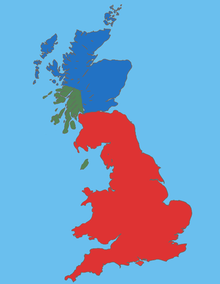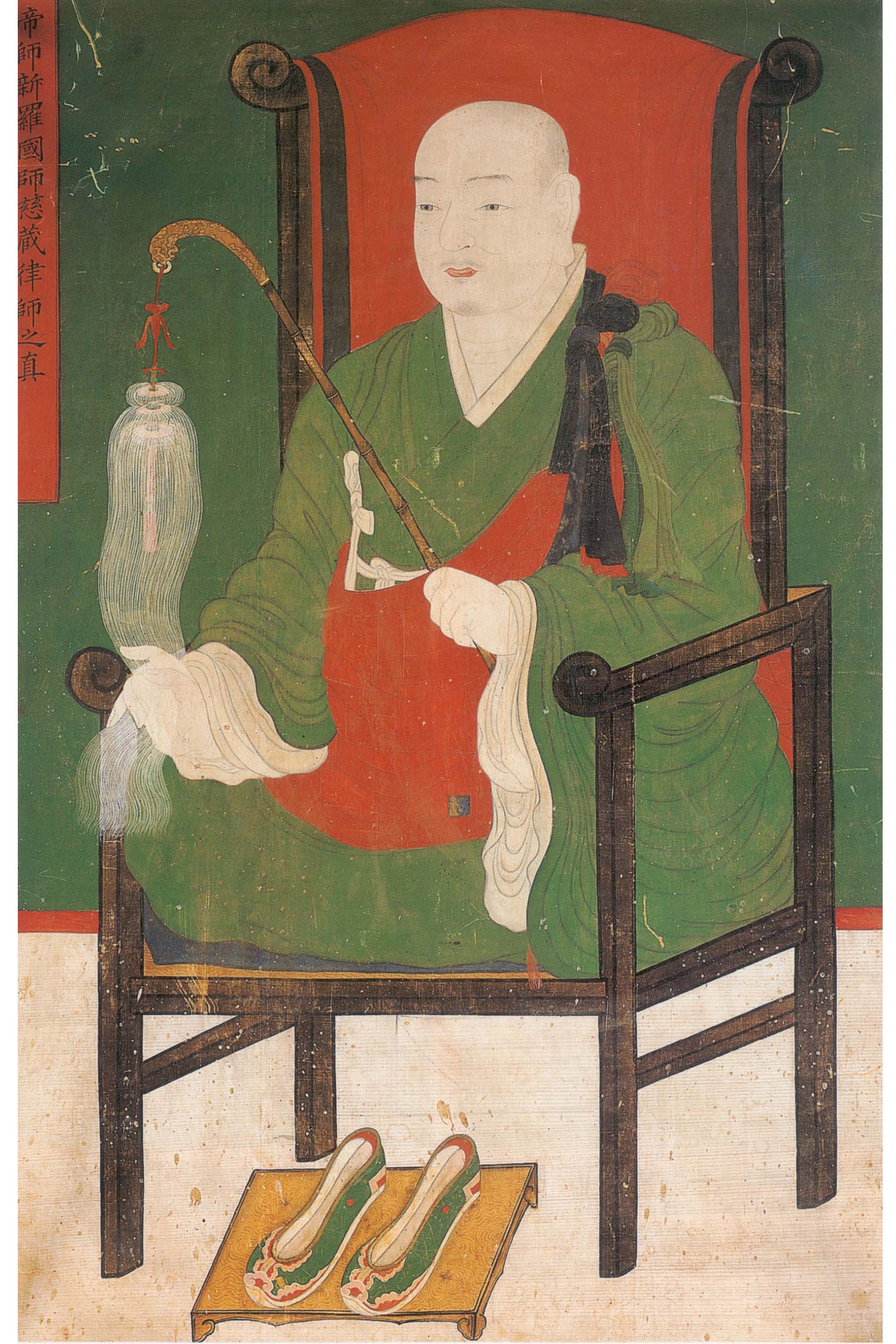|
Guret Of Alt Clut
Guret (died 658) was a ruler of Alt Clut, a Brittonic kingdom based on Dumbarton Rock, during the mid-7th century. He is known only from an obituary note in the ''Annals of Ulster'', which records ''Mors Gureit regis Alo Cluathe'' ("the death of Guret, king of Alt Clut") under the year 658.MacQuarrie, p. 9. He is absent from the Harleian genealogies, which record the names of many other kings of Alt Clut. Historian Alan MacQuarrie suggests that he may have been an otherwise unrecorded brother, or perhaps son, of Eugein I of Alt Clut Eugein or Ywain (, died before 658) was a ruler of Alt Clut, a Brittonic kingdom based on Dumbarton Rock, sometime in the mid-7th century. According to the Harleian genealogies, he was the son of Beli I, presumably his predecessor as king, and ....MacQuarrie, p. 10. Notes References * {{DEFAULTSORT:Clut, Guret Of Alt 658 deaths 7th-century Scottish monarchs Monarchs of Strathclyde Year of birth unknown ... [...More Info...] [...Related Items...] OR: [Wikipedia] [Google] [Baidu] |
Kingdom Of Strathclyde
Strathclyde (, "valley of the River Clyde, Clyde"), also known as Cumbria, was a Celtic Britons, Brittonic kingdom in northern Britain during the Scotland in the Middle Ages, Middle Ages. It comprised parts of what is now southern Scotland and North West England, a region the Welsh tribes referred to as ''Yr Hen Ogledd'' (“the Old North"). At its greatest extent in the 10th century, it stretched from Loch Lomond to the River Eamont at Penrith, Cumbria, Penrith. Strathclyde seems to have been annexed by the Goidelic languages, Goidelic-speaking Kingdom of Alba in the 11th century, becoming part of the emerging Kingdom of Scotland. In its early days it was called the kingdom of ''Alt Clud'', the Brittonic name of its capital, and it controlled the region around Dumbarton Rock. This kingdom emerged during Britain's Sub-Roman Britain, post-Roman period and may have been founded by the Damnonii people. After the Siege of Dumbarton, sack of Dumbarton by a Viking army from Kingdom ... [...More Info...] [...Related Items...] OR: [Wikipedia] [Google] [Baidu] |
Britons (historical)
The Britons (Linguistic reconstruction, *''Pritanī'', , ), also known as Celtic Britons or Ancient Britons, were the Celts, Celtic people who inhabited Great Britain from at least the British Iron Age until the High Middle Ages, at which point they diverged into the Welsh people, Welsh, Cornish people, Cornish, and Bretons (among others). They spoke Common Brittonic, the ancestor of the modern Brittonic languages. The earliest written evidence for the Britons is from Greco-Roman world, Greco-Roman writers and dates to the Iron Age. Ancient Britain was made up of many tribes and kingdoms, associated with various Hillforts in Britain, hillforts. The Britons followed an ancient Celtic religion overseen by druids. Some of the southern tribes had strong links with mainland Europe, especially Gaul and Gallia Belgica, Belgica, and Celtic currency of Britain, minted their own coins. The Roman Empire Roman conquest of Britain, conquered most of Britain in the 1st century AD, creating th ... [...More Info...] [...Related Items...] OR: [Wikipedia] [Google] [Baidu] |
Dumbarton Rock
Dumbarton (; , or ; or , meaning 'fort of the Britons') is a town in West Dunbartonshire, Scotland, on the north bank of the River Clyde where the River Leven flows into the Clyde estuary. In 2006, it had an estimated population of 19,990. Dumbarton was the capital of the ancient Kingdom of Strathclyde, and later the county town of Dunbartonshire. Dumbarton Castle, on top of Dumbarton Rock, dominates the area. Dumbarton was a royal burgh between 1222 and 1975. Dumbarton emerged from the 19th century as a centre for shipbuilding, glassmaking, and whisky production. However, these industries have since declined, and Dumbarton today is increasingly a commuter town for Glasgow east-southeast of it. Dumbarton F.C. is the local football club. Dumbarton is home to BBC Scotland's drama studio. History Dumbarton history goes back at least as far as the Iron Age and probably much earlier. It has been suggested that in Roman times Dumbarton was the "place of importance" na ... [...More Info...] [...Related Items...] OR: [Wikipedia] [Google] [Baidu] |
Annals Of Ulster
The ''Annals of Ulster'' () are annals of History of Ireland, medieval Ireland. The entries span the years from 431 AD to 1540 AD. The entries up to 1489 AD were compiled in the late 15th century by the scribe Ruaidhrí Ó Luinín, under his patron Cathal Óg Mac Maghnusa, on the island of ''Senadh-Mic-Maghnusa'', also known as ''Senad'' or Ballymacmanus Island (now known as Belle Isle, where Belle Isle Castle is located), near Lisbellaw, on Lough Erne in the kingdom of ''Fir Manach'' (Fermanagh). Later entries (up to AD 1540) were added by others. Entries up to the mid-6th century are retrospective, drawing on earlier annalistic and historical texts, while later entries were contemporary, based on recollection and oral history. Thomas Charles-Edwards, T. M. Charles-Edwards has claimed that the main source for its records of the first millennium A.D. is a now-lost Armagh continuation of the ''Chronicle of Ireland''. The Annals used the Irish language, with some ... [...More Info...] [...Related Items...] OR: [Wikipedia] [Google] [Baidu] |
Harleian Genealogies
__NOTOC__ The Harleian genealogies are a collection of Old Welsh genealogies preserved in British Library, Harley MS 3859. Part of the Harleian Library, the manuscript, which also contains the '' Annales Cambriae'' (Recension A) and a version of the '' Historia Brittonum'', has been dated to ''c.'' 1100, although a date of c.1200 is also possible.Siddons, "Genealogies, Welsh," pp. 800-2; Remfry, P.M., 'Annales Cambriae. A Translation...', p. 4. Since the genealogies begin with the paternal and maternal pedigrees of Owain ap Hywel Dda (d. 988), the material was probably compiled during his reign. The collection also traces the lineages of less prominent rulers of Wales and the Hen Ogledd. Some of the genealogies reappear in the genealogies from Jesus College MS 20. The collection features the oldest genealogies of Welsh royal families, and include the dynasty of Cunedda (Cunedag), all the way to Beli Mawr, as head of the house of Gwynedd The House of Gwynedd was a royal ... [...More Info...] [...Related Items...] OR: [Wikipedia] [Google] [Baidu] |
Eugein I Of Alt Clut
Eugein or Ywain (, died before 658) was a ruler of Alt Clut, a Brittonic kingdom based on Dumbarton Rock, sometime in the mid-7th century. According to the Harleian genealogies, he was the son of Beli I, presumably his predecessor as king, and the father of Elfin, who ruled sometime later.MacQuarrie, p. 9. The ''Annals of Ulster'' and the ''Annals of Tigernach'' record another probable son, '' Dumnagual'', who ruled Alt Clut and died in 694.MacQuarrie, p. 10. Eugein was probably the brother or half brother of Bridei III of the Picts, the victor at the Battle of Dun Nechtain. The ''Annals of Ulster'' record that a ''Hoan'' or ''Oan'', King of the Britons, defeated and killed Domnall Brecc of Dál Riata at a place called ''Srath Caruin'' ( Strathcarron) in 642. A stanza interpolated in the poem ''Y Gododdin'', often known as the "Strathcarron interpolation" or simply ''The Battle of Strathcarron'', refers to these events, indicating that the forces of "Nwython's grandson" (i.e., ... [...More Info...] [...Related Items...] OR: [Wikipedia] [Google] [Baidu] |
Elfin Of Alt Clut
Elfin was a ruler of Alt Clut, a Brittonic kingdom based on Dumbarton Rock, sometime in the later 7th century. According to the Harleian genealogies, he was the son of Eugein I, one of his predecessors as king, and the father of Beli II, who ruled some time later. Very little is certainly known of him, though he may be identifiable with other figures attested in the Irish annals, and circumstantial evidence may link him to a number of important events during this time. Identifications Elfin may be identified with the ''Alphin m. Nectin'' listed in the ''Annals of Ulster'' as dying in 693 along with ''Bruide m. Bili'' (''i.e.'', Bridei III of the Picts). It is possible that this Nectin is Neithon of Alt Clut, an earlier King of Alt Clut, and that the Harleian genealogies have Elfin's pedigree wrong.MacQuarrie, p. 10. However, this identification would cause serious incongruities in the dating of the other kings of Alt Clut, as Neithon was the grandfather of Eugein I and is thou ... [...More Info...] [...Related Items...] OR: [Wikipedia] [Google] [Baidu] |
658 Deaths
__NOTOC__ Year 658 (Roman numerals, DCLVIII) was a common year starting on Monday of the Julian calendar. The denomination 658 for this year has been used since the early medieval period, when the Anno Domini calendar era became the prevalent method in Europe for naming years. Events By place Byzantine Empire * Emperor Constans II undertakes an expedition to the Balkans, Balkan Peninsula, and defeats the Avars (Carpathians), Avars in Macedonia (region), Macedonia. He temporarily reasserts Byzantine Empire, Byzantine rule, and Asia Minor Slavs, resettles some of them in Anatolia to fight against the Rashidun Caliphate (approximate date). Europe * The confederation of Slavic peoples, Slavic tribes falls apart after the death of King Samo. A Slav principality is formed from the kingdom's remnants in Carinthia (Slovenia), Carinthia (modern Austria), and the Avars capture most of its territory in Hungary (approximate date). Britain * Battle of Peonnum: King Cenwalh of ... [...More Info...] [...Related Items...] OR: [Wikipedia] [Google] [Baidu] |
7th-century Scottish Monarchs
The 7th century is the period from 601 through 700 in accordance with the Julian calendar in the Christian Era. The spread of Islam and the Early Muslim conquests, Muslim conquests began with the unification of Arabia by the Islamic prophet Muhammad starting in 622. After Muhammad's death in 632, Islam expanded beyond the Arabian Peninsula under the Rashidun Caliphate (632–661) and the Umayyad Caliphate (661–750). The Muslim conquest of Persia in the 7th century led to the downfall of the Sasanian Empire. Also conquered during the 7th century were Muslim conquest of Syria, Syria, Palestine (region), Palestine, Muslim conquest of Armenia, Armenia, Muslim conquest of Egypt, Egypt, and Muslim conquest of the Maghreb, North Africa. The Byzantine Empire suffered setbacks during the rapid expansion of the Caliphate and a mass incursion of Slavs in the Balkans which reduced its territorial limits. The decisive victory at the Siege of Constantinople (674–678), Siege of Constantin ... [...More Info...] [...Related Items...] OR: [Wikipedia] [Google] [Baidu] |
Monarchs Of Strathclyde
A monarch () is a head of stateWebster's II New College Dictionary. "Monarch". Houghton Mifflin. Boston. 2001. p. 707. for life or until abdication, and therefore the head of state of a monarchy. A monarch may exercise the highest authority and power in the state, or others may wield that power on behalf of the monarch. Usually, a monarch either personally inherits the lawful right to exercise the state's sovereign rights (often referred to as ''the throne'' or ''the crown'') or is selected by an established process from a family or cohort eligible to provide the nation's monarch. Alternatively, an individual may proclaim oneself monarch, which may be backed and legitimated through acclamation, right of conquest or a combination of means. If a young child is crowned the monarch, then a regent is often appointed to govern until the monarch reaches the requisite adult age to rule. Monarchs' actual powers vary from one monarchy to another and in different eras; on one extreme, ... [...More Info...] [...Related Items...] OR: [Wikipedia] [Google] [Baidu] |




